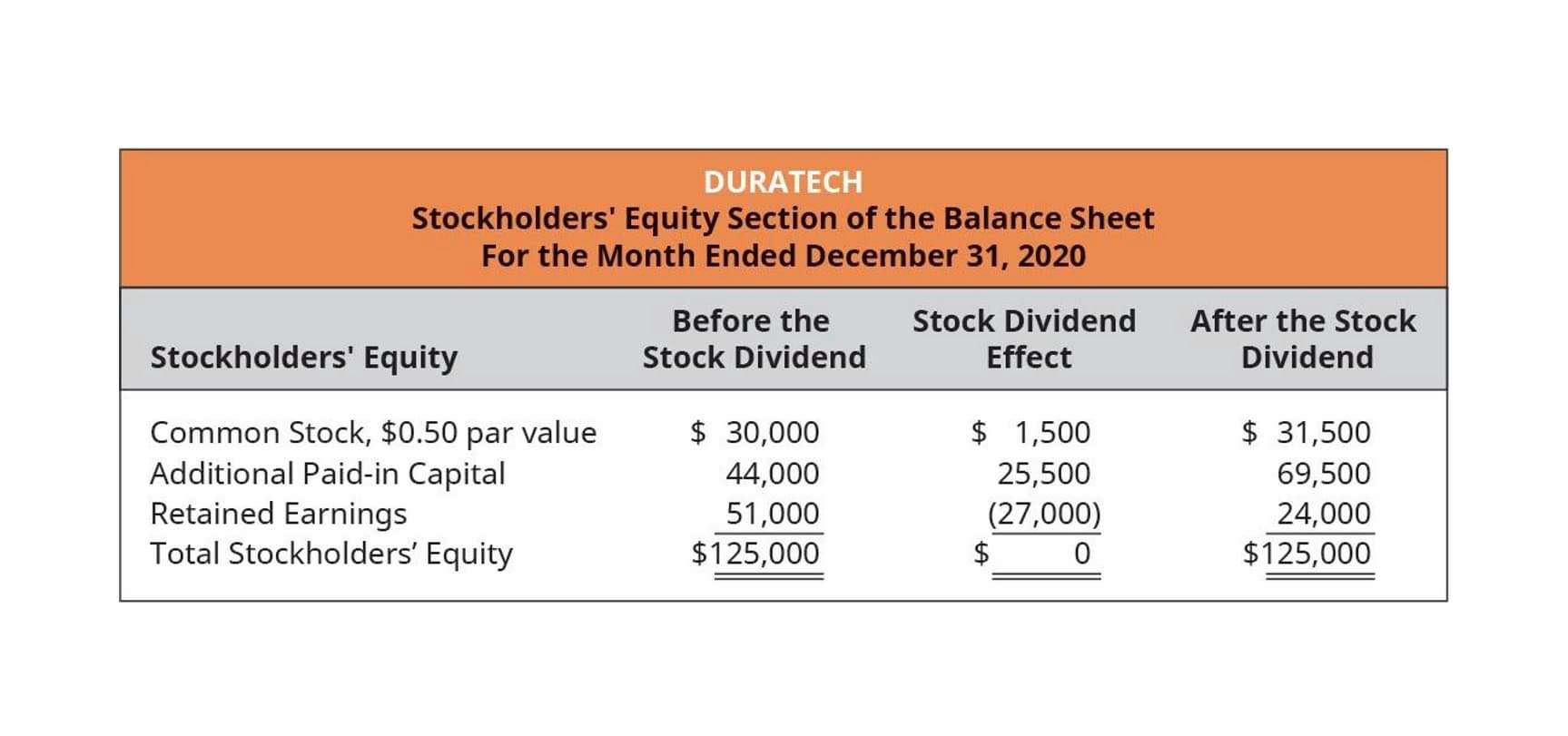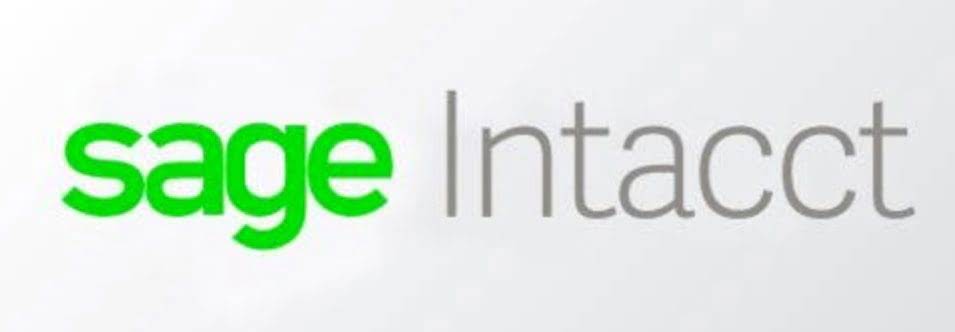
The diluted number is how to find outstanding shares always larger and shows the maximum possible impact on ownership and EPS. Look in the balance sheet under ‘Equity’ or in the notes to financial statements. Many filings also disclose the average number of shares used to compute EPS, which is the weighted average outstanding shares. Since they’re owned by the company itself, they don’t represent investor ownership or influence EPS. In a two-for-one split, outstanding shares double, but the share price halves. Your overall investment value stays the same, but the stock becomes more ‘affordable’ to new investors.
- At this point, you may be wondering how many total AAPL stock shares are outstanding?
- These metrics provide insights into how profitable a company is relative to its stock price.
- These are the shares that show the investors their portion of the profits in the company.
- When a company files with the SEC, it’s essentially sharing its financial health report card and other crucial documents.
- The number of outstanding shares impacts a company’s ability to generate capital through future stock issuances, as well as its liquidity and ability to buy back shares.
What is the role of treasury shares in calculating outstanding shares?
The market cap is calculated by multiplying the current market price per share by the total number of outstanding shares. This metric provides investors with insights into a company’s size and relative importance within the market. Diluted EPS accounts for potential dilution from securities like stock options, convertible debt, and warrants. For example, a company with significant stock options might report a basic EPS of $2.50 but a diluted EPS of $2.20, reflecting the impact of potential future conversions.
- As you can see there is a heavy focus on financial modeling, finance, Excel, business valuation, budgeting/forecasting, PowerPoint presentations, accounting and business strategy.
- The calculation for common stock outstanding can seem a little daunting at first simply because so much accounting jargon is used to define and calculate it.
- Looking at several examples of stockholders’ equity on different company balance sheets, you may notice a treasury stock line item on several of them.
- Stock options give the holder the right, but not the obligation, to purchase company stock at a predetermined price (the exercise price) within a specific timeframe.
- To find floating stock, start with the number of shares outstanding and subtract restricted shares owned by executives and employees.
Look at the Preferred Stock Line Item

If a company announces https://reetstudio.in/matching-principle-financial-edge-2/ a buyback, EPS will likely rise because profits are spread across fewer shares. Some investors may view this as a sign of confidence and reward the stock with a higher valuation. Authorized shares, meanwhile, are the maximum number of shares a company can issue, based on its corporate charter. With the company’s earnings of $1.2 billion, its basic EPS would be $2.40 and its diluted EPS would be $2.35. Suppose that Company XYZ Corporation has 500,000 shares at the beginning of its fiscal year. At the beginning of the second quarter, debenture holders of the company decided to convert their holdings into equity shares totaling 100,000 shares.
Basic EPS vs. Diluted EPS

Market capitalization, or market cap, is calculated by multiplying the number of outstanding shares by the share’s current market price. The number of outstanding shares can change over time due to 6 main factors. The six main factors are stock issuances, stock buybacks, stock splits, stock dividends, conversion of securities, and Mergers and Acquisitions. The SEC is akin to the library where all the financial books of public companies are kept. When a company files with the SEC, it’s essentially sharing its financial health report card and other crucial documents.

- The company’s outstanding shares remain in circulation, as the company has neither repurchased, retired, nor removed them from the market.
- But what are outstanding shares, why do they matter and how do you find them?
- Stay informed with Strike’s guide on in-depth stock market topic exploration.
- A company’s outstanding shares may be less than or equal to issued shares.
- Crypto.com is a separate entity from FCUL and does not engage in the securities business.
- This includes shares held by everyday retail investors, large institutions and company insiders such as executives and directors.
Outstanding shares are the total number of a company’s shares currently owned by all its investors. This includes shares held by everyday retail investors, large institutions and company insiders such as executives and directors. If you’ve ever read an earnings report or looked up a company’s stock profile, you’ve likely noticed the term ‘outstanding shares’.
Dilutive securities include options, warrants, convertible debt, and anything else that can be converted into shares. For a financial analyst, it is important to have a solid understanding of the difference between basic and fully diluted shares and what it means for key metrics like EPS. For publicly traded companies, you can also find outstanding shares on financial data websites, stock market platforms or through investor relations pages on the Bookstime company’s official website. Platforms like Yahoo Finance, Google Finance and Bloomberg often display the number of outstanding shares alongside other key metrics, such as market capitalization and EPS.
- As a real-world example, here is some information from Johnson & Johnson’s (JNJ -0.51%) 2014 year-end balance sheet.
- Notably, stock splits and reverse stock splits significantly influence the number of outstanding shares.
- Diluted EPS accounts for potential dilution from securities like stock options, convertible debt, and warrants.
- The Securities and Exchange Commission (SEC) requires companies to disclose this figure as of the most recent practicable date, ensuring investors have access to current data.
- Each of these instruments holds the potential to increase the number of shares outstanding if converted or exercised.
- But the concept of outstanding shares is a bit more complicated than it seems.
- If a company considers its stock to be undervalued, it has the option to institute a repurchase program.
How To Find Outstanding Shares Quick Guide

Ordinary shares symbolize ownership in the company and allow the shareholder to vote on company matters, like the election of directors and significant company decisions. They also give the opportunity to the shareholders to receive dividends from the company’s profits if it decides to pay them. Let’s say that Helpful Fool Company has repurchased 500 shares in this year’s buyback program. The company now has 5,000 authorized shares, 2,000 issued, 500 in treasury stock, and 1,500 outstanding. The outstanding stock is equal to the issued stock minus the treasury stock. Helpful Fool Company’s board has elected to issue just 2,000 shares at this time.
